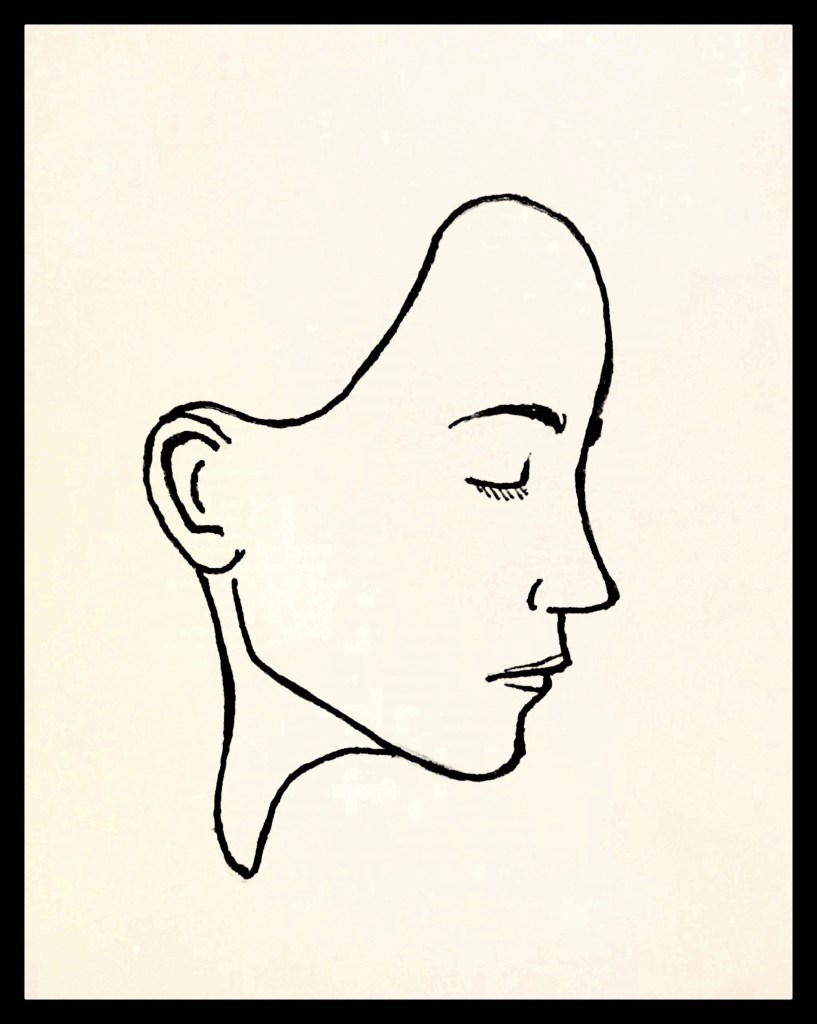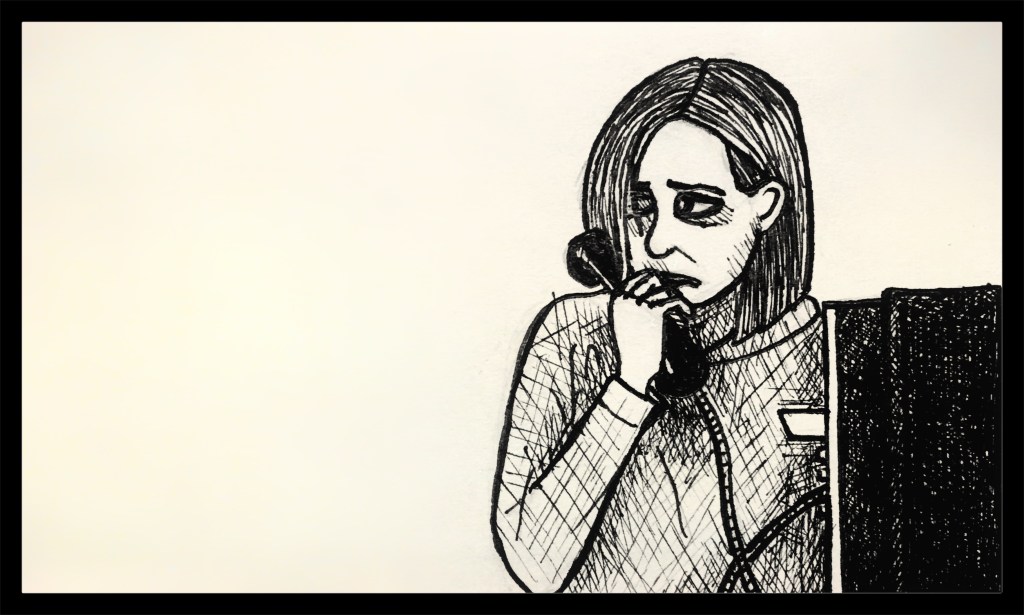The central question Ex Machina, the excellent 2014 sci-fi thriller, is whether Ava — the humanoid robot created by billionaire genius Nathan Bateman and imprisoned within his home — has consciousness. And because this is a movie and not a scientific dissertation (to quote Nathan, “I want to have a beer and a conversation with you. Not a seminar”), consciousness is largely treated as a short-hand for humanity. Is Ava like us? She’s not biologically human, of course, but is she sapient — can she think, reason, feel? Is she self-aware? Can she feel attraction, empathy — love?

At the end of the movie, it might seem like we have our answer. Caleb Smith, a young programmer who “won” an office contest to stay at Nathan’s luxurious, isolated home, has been tasked with testing Ava’s consciousness, or lack thereof. Over a series of one-on-one conversations, he becomes convinced that she is conscious; that she’s practically human; that she loves him. So, when Nathan reveals that he plans to wipe Ava’s mind, Caleb hatches a plan to help her escape – they’ll leave together. They’ll be together. But once Ava is freed, she instead leaves Caleb trapped alone in Nathan’s isolated fortress, with no hope of ever getting out.
So, it seems Ava is not like us. Oh, perhaps she is intelligent – Nathan even says the real test was not whether she convinced Caleb of her consciousness but whether she could effectively manipulate Caleb into helping her escape – but she’s certainly not capable of anything else that distinguishes humanity. She’s not capable of morality. She’s not capable of empathy. She’s just a highly sophisticated machine that won’t stray from its goal even for the few moments it would take to save Caleb from inevitable death by starvation. She’s far from human.
This is a common interpretation of Ex Machina and not necessarily the wrong one – I think it’s a film that’s left purposefully ambiguous. But I think it’s worth examining where this interpretation comes from, why Ava’s treatment of Caleb lands so definitively. Part of it is, I think, that Caleb is our audience surrogate. We’ve watched the whole movie from his eyes, so when Ava leaves him, we feel the betrayal personally: How could you do that to him? How could you do that us? It’s easy to make the same mistake Caleb made earlier in the film when he thinks the question of whether Ava genuinely likes him only depends on whether she has the capacity to like someone. Nathan points out the obvious third option: “Whether she’s pretending to like you.” Similarly, I don’t think Ava’s treatment of Caleb definitively answers the question of whether or not she has the capacity for empathy. There’s a third option: she has the capacity for empathy; she just doesn’t empathize with Caleb — or at least not enough to save him.
Because there are plenty of reasons why Ava — why anyone in her position — would choose not to save Caleb. Ava’s survival is her first priority, and he’s the only person in the world who knows that she’s a robot: If she lets him out, he might tell someone. She could be trapped again. She could be killed. Leaving Caleb ties off that lose end and gives her a better chance at real freedom. Or maybe Ava wouldn’t have saved Caleb even if the stakes were lower, even if it would cost her nothing to let him out; perhaps she views him as someone not worth her time or her empathy. Perhaps she views him as complicit.
It’s impossible to continue with this argument without pointing out that Caleb and Nathan are men, and Ava is consistently coded as a woman. The movie encourages a gendered analysis: all of Nathan’s robots look like beautiful women; he enlists at least one of them into domestic, and possibly sexual, servitude; he leaves the naked carcasses of outdated robot models hanging in cabinets. In one of the movie’s most disturbing images, we see a recording of a robot beating her arms against the walls of her prison until they disintegrate. Nathan’s power over the beings he creates is oppressive, patriarchal — and Caleb, whether willingly or not, is complicit in that power. He agrees to question Ava, to judge her. He’s free to move around the house the entire time she’s trapped in her room. He only becomes invested in her freedom once she convinces him she’s romantically interested in him — he only cares when he stands to gain. So why does she owe him empathy? Why is empathy for him, this one decent but still complicit man, the threshold for her humanity?
I think this focus on Ava’s treatment of Caleb speaks to the way we often view oppressed groups. We judge them based on their ability empathize with the majority, especially those in the majority who, like Caleb, mean well. Women are always told they need to understand where men are coming from. Black people just need to understand the white perspective. But why? Why should that be the standard? Why do you have to have empathy for those who, while you were trapped and suffering, walked free?
I’ve seen the ending of Ex Machina interpreted as a cautionary tale for a future when machines are intelligent enough to mimic human empathy for their own nefarious ends. But I think the movie is not just about the future but also the past, the present: it’s about what happens when we push people or peoples so far that empathy becomes beside the point. Nathan created Ava, and even though she may well have been capable of empathy and morality and love, we have no way of knowing for sure because Nathan’s treatment of her forced her to prioritize the things every living being prioritizes when its life and sanity is at stake: Survival. Escape. And so, the question of Ava’s humanity can’t be answered within the movie itself. It can only be answered after that last scene: Ava walking in her new skin into a new world, finally free to become all she is capable of being.
